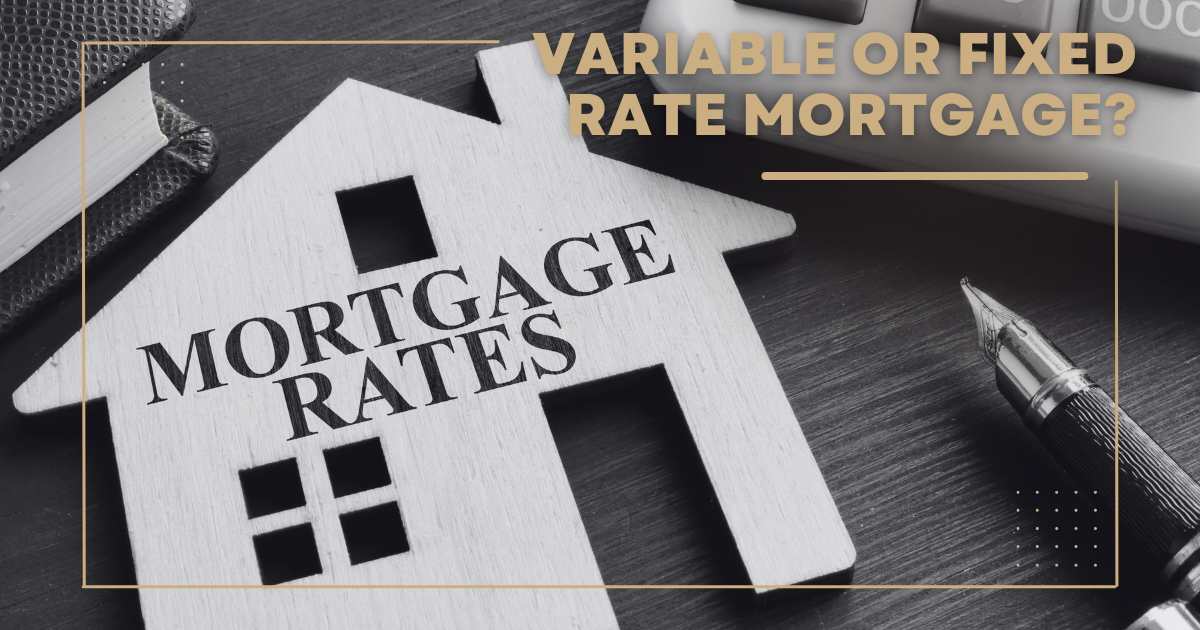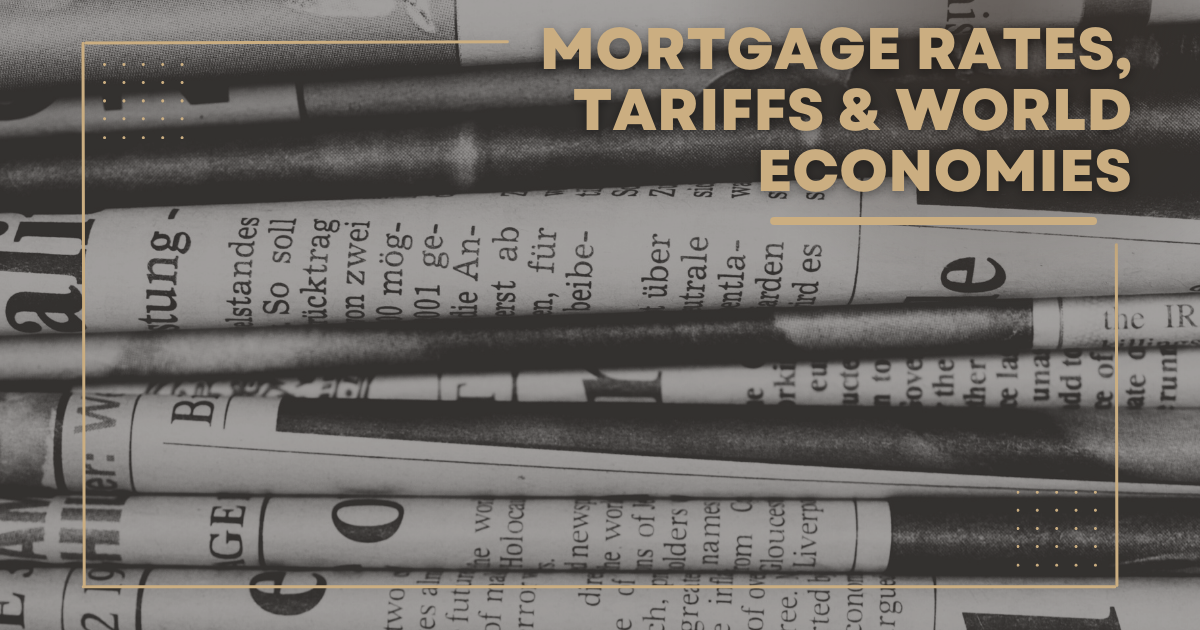As expected, the Bank of Canada has lowered its benchmark interest rate to 4.25%. Now, the prime lending rate is 6.45%.
With rates decreasing, my client asks me daily, “Should I go fixed or variable?” Here’s my two cents on deciding between a fixed and variable rate mortgage right now.
The main piece is deterring from the 3-year fixed option. It seems like a safe choice for clients to try and fall into. Borrowers need to consider that they are “paying more for it” today and could very well miss the boat on the rate drops. If rates drop over the next 12-18 months and then increase for whatever reason, a borrower may have watched lower rates come and go before they could benefit from them. The conversation should be about options on a 5-year fixed or variable rate for now.
Let’s chat about variable rates. If the variable rate drops by 0.25% every six months for 4.5 years, you’ll pay more. The difference is that if the prime drops by 1% in the next four months, this would change that calculation considerably. We saw a 0.25% drop last week, and we may see 0.25% on each of the next four reviews. This would put the prime lending rate at 5.45% with a 1% discount. This puts the effective rate at the current 5-year fixed rate mark.
With a variable-rate mortgage, you can lock into a fixed rate at any time during the term. My conversations have mainly surrounded taking a variable rate, revisiting the fixed option in three months, and deciding if locking in then makes sense. In the worst case, the rates are likely no higher than today. You paid more for three months but found out a lot of information in deciding what to do at that point.
I like the idea of “taking a look” for the next three months. My biggest concern is whether lenders will offer the lowest competitive 5-year rate if a client chooses to lock in. You must ensure your mortgage broker chooses a product with a monoline lender that always has your best interest in mind. Most banks will not offer the best rates when converting your variable-rate mortgage to a fixed rate.
However, fixed rates are a good option too. The rate is approximately 1.25% lower right now than variable rate options. We would have to see four rate drops before we are even. Will we see enough drops in the next five years to really offset this extra upfront cost while the balance is higher? How long will borrowers want to pay a higher rate?
Here are other factors to take into consideration when choosing a rate. Fixed rates are portable; variable rates are not. Monoline lenders should have lower and more reasonable penalties if the term is broken. Banks will have much higher IRD penalties. Keep this in mind when you are deciding on a lender if breaking the mortgage is something that could happen.
Time will tell. As I always say, my crystal ball is broken, so who knows? The next rate announcement is scheduled for Wednesday, October 23, 2024.






